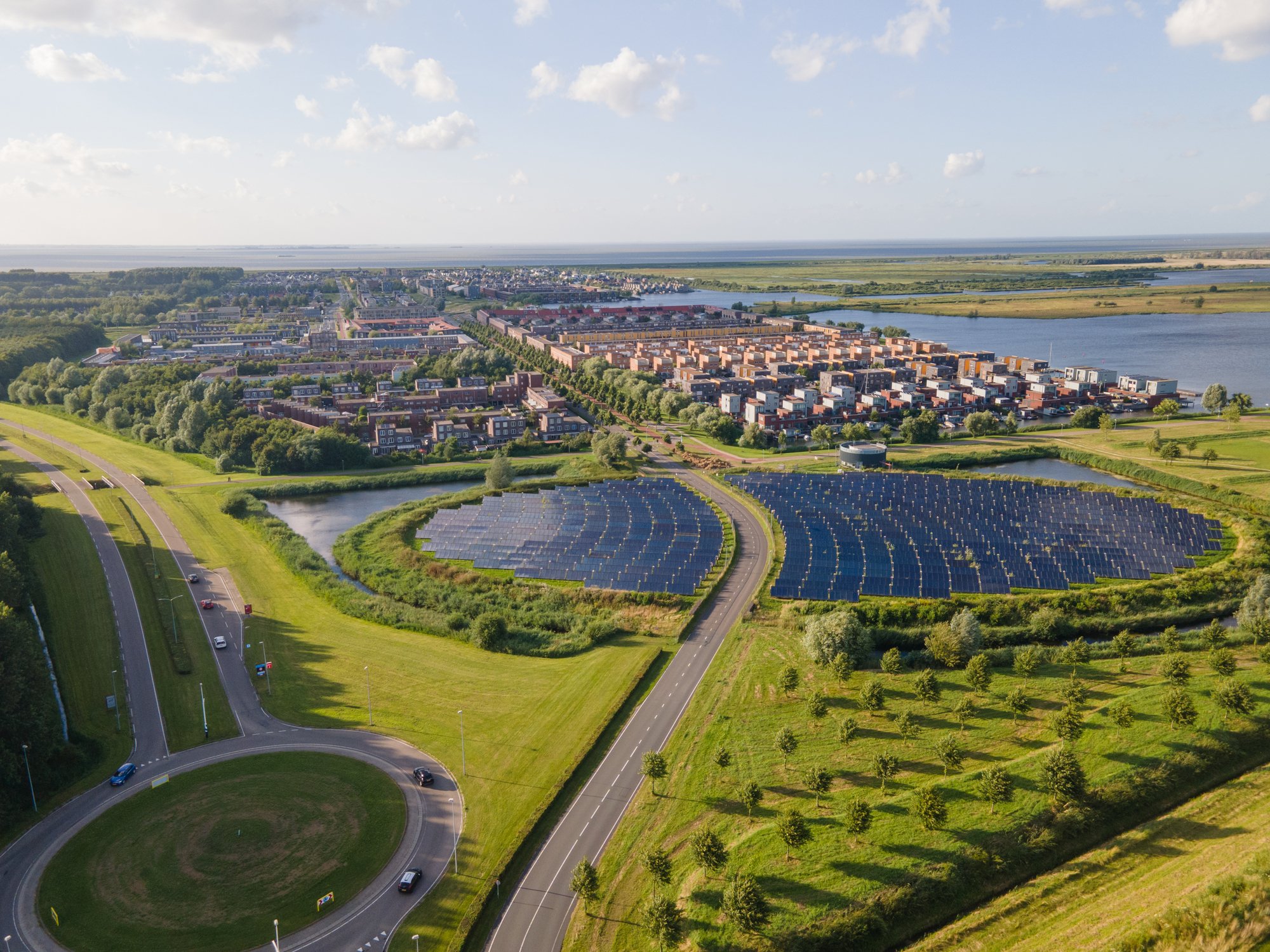
Global Thought Leader on the Coming Energy Transition
I fell into the world of energy quite by accident over three decades ago. An investigative journalist with a love of nature, I was at first frightened by the complexity of the topic – as evidenced by endless acronyms – but then became immersed in the nitty gritty details of the technologies that make our world work.
It used to be that when folks asked me what I wrote about, their eyes would glaze over when I mentioned “energy.” That’s not the case anymore. The evolution of technology now allows consumers to become prosumers, empowering more and more citizens to democratize the energy system and gain energy independence. Having first written about the specter of climate change in the ‘80s, I am not shocked at how some of the dire scenarios contemplated way back then seem to be coming true today.
My career has been dedicated to promoting resilient power systems in the most sustainable way possible. From articles to blogs to books and detailed data products, I have always been a researcher who likes to scratch below the surface to understand what is really going on. This website sums up much of the work I’ve done up to this point in time. It also features my current focus on concepts such as microgrids and virtual power plants, both of which revolve around our increasing reliance on distributed energy resources (DER) such as solar panels on your roof or perhaps the electric vehicle (EV) plugged into your garage.
Clarum Advisors leverages the deep domain expertise and skilled consulting experience of its advisors to provide specialized research, strategy design, change management and implementation support to energy companies, developers, PE firms and clean tech companies, helping them accelerate and improve the process of bringing energy projects, solutions and companies to market. I serve as a Senior Advisor with a focus on microgrids and virtual power plant investment opportunities and strategic alignment planning.
I now sit on multiple boards of start-up companies in the sustainability, AI, healthcare and other industry verticals. I offer a variety of services including mentoring based on my past experience with corporate social responsibility expertise, sustainability initiatives and previous non-profit board roles. View Peter’s profile.
My primary position today is President of Pathfinder Communications, which has been conceptualizing, developing and delivering insightful reports, campaigns, white papers and articles for the full spectrum of today’s energy system stakeholders since 1997.
These stakeholders include:
Leading solution providers (Advanced Microgrid Solutions, General Electric, Green Mountain Energy, BP Alternative Energy, Clipper Wind, Encorp and SunPower);
Trade associations and coalitions (AHC Group, American Wind Energy Association, Businesses for Social Responsibility, California Solar Energy Association, Independent Energy Producers, Future 500, Governor’s Wind Energy Coalition and National Association of State Utility Consumer Advocates);
Government agencies (California Independent System Operator, California Energy Commission, California Air Resources Board, California State Joint Committee on Energy Regulation and the Environment);
Non-profit advocacy organizations and foundations (Climate Center, ClimateWorks, Center for Energy Efficiency and Renewable Technology, Center for Resource Solutions, Consumers Union, Global Greens, CivicWell, Marin Community Foundation)
Universities (University of Southern California-School of Public Administration and Pace University Energy Policy Project.)
My previous employers include the University of Alaska-Fairbanks at the Alaska Center for Energy and Power (ACEP), where I served as an adjunct faculty with the title Senior Advisor on Microgrid Strategy and Thought Leadership. Before that, I simultaneously served two-year term as Director of Strategic Marketing for AutoGrid, now Uplight. And before those positions, I served as the Lead Analyst and ultimately Research Director on microgrids and virtual power plants for Guidehouse Insights for over a decade. Among my clients at Guidehouse Insights were diverse entities such as: ABB, Bank of Tokyo, EDF, Emerson, Hitachi, Horizon Power, Mainspring, National Renewable Energy Laboratory, Power Ledger, RMI, Schneider Electric, Siemens, Total, World Bank and many others.
What is a Microgrid?
It is what it sounds like. It is a small grid, but more importantly, has the capability of self-sufficiency whether connected to a traditional utility network or, in the case of much of Alaska, operates autonomously 24/7 365 days a year. This process is called islanding. These islands of power aggregate diverse DER and combine them into what the federal Department of Energy calls a “single controllable entity.”
What is a Virtual Power Plant?
A VPP is similar, but distinctive. Unlike a statis set of resources with a confined boundary, a VPP can grow and contract depending on the needs of the larger grid. Like a microgrid, it is comprised of DER, but even a wider variety of these on-site assets. Unlike a microgrid, it requires a distribution and transmission network to function – as well as a market structure that allows for energy trading. The underlying feature is the use of artificial intelligence to orchestrate DER assets owned by multiple parties and deliver exactly what the grid needs at the exact time it needs it in real time.





